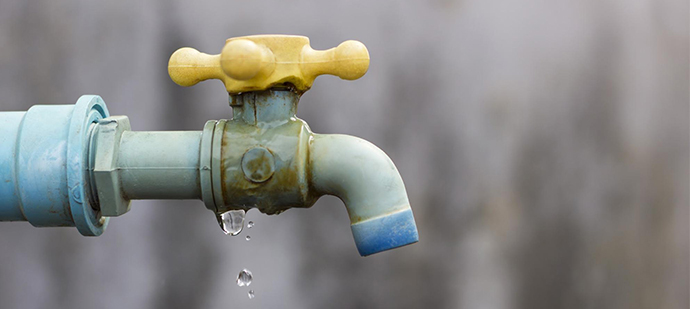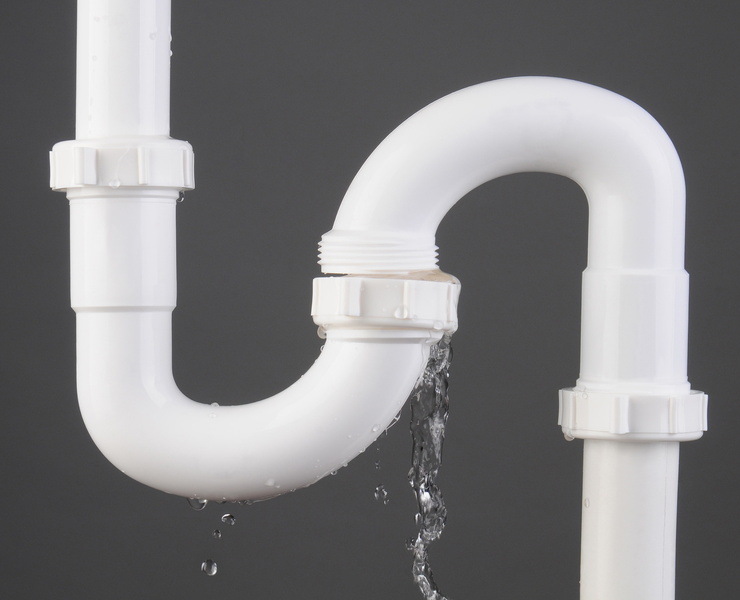Guide To Water Leak Detection In The House
Guide To Water Leak Detection In The House
Blog Article
What are your opinions on Top leak detection hacks?

Early detection of dripping water lines can reduce a possible disaster. Apart from conserving you cash, it will certainly minimize the stress and aggravation. The moment you discover a leak, calling your plumber for repairs is the very best remedy. Some little water leakages may not be noticeable. If you can not detect it with your nude eyes, below are some hacks that help.
1. Examine the Water Meter
Every house has a water meter. Checking it is a guaranteed way that assists you uncover leakages. For beginners, switch off all the water resources. Ensure no one will flush, make use of the tap, shower, run the cleaning machine or dishwasher. From there, go to the meter and watch if it will change. Because nobody is using it, there ought to be no motions. That indicates a fast-moving leak if it relocates. Likewise, if you identify no changes, wait a hr or more as well as inspect back once again. This suggests you might have a sluggish leak that could also be below ground.
2. Check Water Usage
If you find sudden adjustments, in spite of your consumption being the very same, it indicates that you have leaks in your plumbing system. A sudden spike in your expense indicates a fast-moving leak.
On the other hand, a steady rise each month, despite the same behaviors, shows you have a slow leakage that's likewise gradually escalating. Call a plumber to extensively inspect your residential property, particularly if you really feel a warm location on your floor with piping below.
3. Do a Food Coloring Test
When it concerns water intake, 30% comes from commodes. Examination to see if they are running properly. Decrease flecks of food shade in the container and wait 10 mins. There's a leakage in between the tank and bowl if the color somehow infiltrates your bowl throughout that time without flushing.
4. Asses Exterior Lines
Do not fail to remember to check your exterior water lines also. Must water seep out of the connection, you have a loosened rubber gasket. One tiny leak can squander loads of water as well as surge your water bill.
5. Examine and also Examine the Situation
House owners need to make it a habit to examine under the sink counters and also even inside cupboards for any type of bad odor or mold and mildew growth. These two red flags show a leak so prompt focus is needed. Doing routine inspections, also bi-annually, can save you from a major problem.
If you know your residence is already old, keep a careful eye on your heating units, hoses, pipes and so on. Check for discolorations and also compromising as the majority of pipes as well as devices have a life expectancy. They will certainly additionally naturally degrade as a result of deterioration. If you believe leaking water lines in your plumbing system, do not wait for it to intensify. Call an expert plumber immediately so you don't wind up with a terrible mess in your home.
Early discovery of dripping water lines can reduce a potential calamity. Some small water leakages may not be noticeable. Checking it is a proven method that aids you find leakages. One little leakage can throw away lots of water and spike your water expense.
If you presume dripping water lines in your plumbing system, do not wait for it to intensify.
How to Know If Your Home Has a Hidden Leak
Water Meter Reveals Inexplicable Water Usage
If you’d like to test whether or not there’s a leak somewhere in your home, you can do this using your water meter. Here is how to conduct the test:
Don’t use any water in your home for at least 30 minutes; this also means not turning on faucets or water-using appliances.
Go outside, and check your water meter for activity.
If your water meter shows that there was activity, even though no one was using any water, this proves that there is a leak in your home.Visible Mold or Mildew Growth
Leaks behind walls create moist, dark environments that allow mold and mildew to grow and thrive. Eventually, you might see mold growth forming on the wall closest to a hidden leak.
If mold is growing in an area that receives a high amount of moisture, such as a bathroom, it may simply be an indication that better ventilation is needed. However, if you see mold growth on a wall or the ceiling in an area where you would not expect, you probably have a hidden leak.
Musty, Mildew Odor
Sometimes you might not be able to see the mold or mildew that is growing as a result of a leak. However, the smell can give the problem away just as easily. If you catch a whiff of something musty, there’s a good chance that old water is collecting somewhere in your home that you can’t see.
Stained/Warped Walls, Ceilings, or Floors
When your home soaks up water, a variety of red flags can become visible, including ceiling stains, bubbling drywall, warped walls, and sagging floors. While these issues can be caused by excess humidity, they can also be signs that a pipe or plumbing connection has started leaking behind your walls.
Inexplicably High Water Bill
After a while, you get a general sense for what your water bill should be. If you own a pool or sprinkler system, your bill will tend to be higher during summer. However, if you receive a water bill that seems especially high, and you can’t figure out what caused it, then you may have a hidden leak somewhere that’s increasing your bill.
https://www.plumbingjoint.com/blog/2019/july/how-to-know-if-your-home-has-a-hidden-leak/

I'm just very involved in Finding hidden leaks and I really hope you enjoyed the new piece. I beg you take a moment to distribute this blog posting if you enjoyed it. Thank you so much for your time invested reading it.
Report this page